![]() © DESP
© DESP
The correlator has been identified as a high-risk factor for Apertif, mainly because it is still in the implementation phase. Therefore, in order to comply with the principles of
Science 2.0 (to be more open and transparent), as our Director extolled in his New Year�s speech, the DESP team will give regular updates on its progress.
According to our current baseline planning, the Apertif correlator will be ready for commissioning around mid August 2015.
The correlator, which is implemented on 16 UniBoards, will receive dual polarized data from 12 WSRT telescopes. Each telescope has a local beamformer that generates 37 independent beams of 300 MHz for two polarizations. All beams are transported to the correlator via optical fiber links creating a total input data rate of 3.7 Terabit per second (which corresponds to 100 DVD's per second!). This is quite a lot, considering that the input data rate for the Cobalt correlator of Lofar is �only� 320 Gbit/s.
The blockdiagram gives an overview of the digital system of Apertif. The upper part shows the beamformer system, which is implemented near each telescope. The bottom part is the correlator, which is located in the central building.
Parts of the correlator functionality are physically implemented in the beamformer system. For example the delay tracker, which compensates for differences in path length in between the telescopes, is implemented directly after digitizing (ADC) the antenna signals. In the beamformer system, the filterbank splits the 400 MHz input signal into subbands, such that the beams can be formed by means of a phase shift. Within the beamformer, the subband data is copied in order to create 37 independent beams.
Finally, the transpose function reorders the output data of the beamformer in such a way that the correlator can easily integrate the visibilities for a second, without having to store intermediate correlation products. The transpose function will be integrated on the local beamformers based on 384 x 4 Gbyte DDR3 modules (= 1.5 Tbyte).
So yes, we are making progress. Each module contains a progress bar that shows the actual status. In the coming months we will finish the remaining modules, and by the end of May we will start the integration of the whole system. This will be very exciting. The functional modules in the lower part of the diagram will be explained in future daily images. Stay tuned!
 © © Anne Archibald, Elizabeth Mahony 2014
© © Anne Archibald, Elizabeth Mahony 2014 © JIVE
© JIVE © Cormac Purcell (Sydney Uni)
© Cormac Purcell (Sydney Uni) © ASTRON, 2014 - 2015
© ASTRON, 2014 - 2015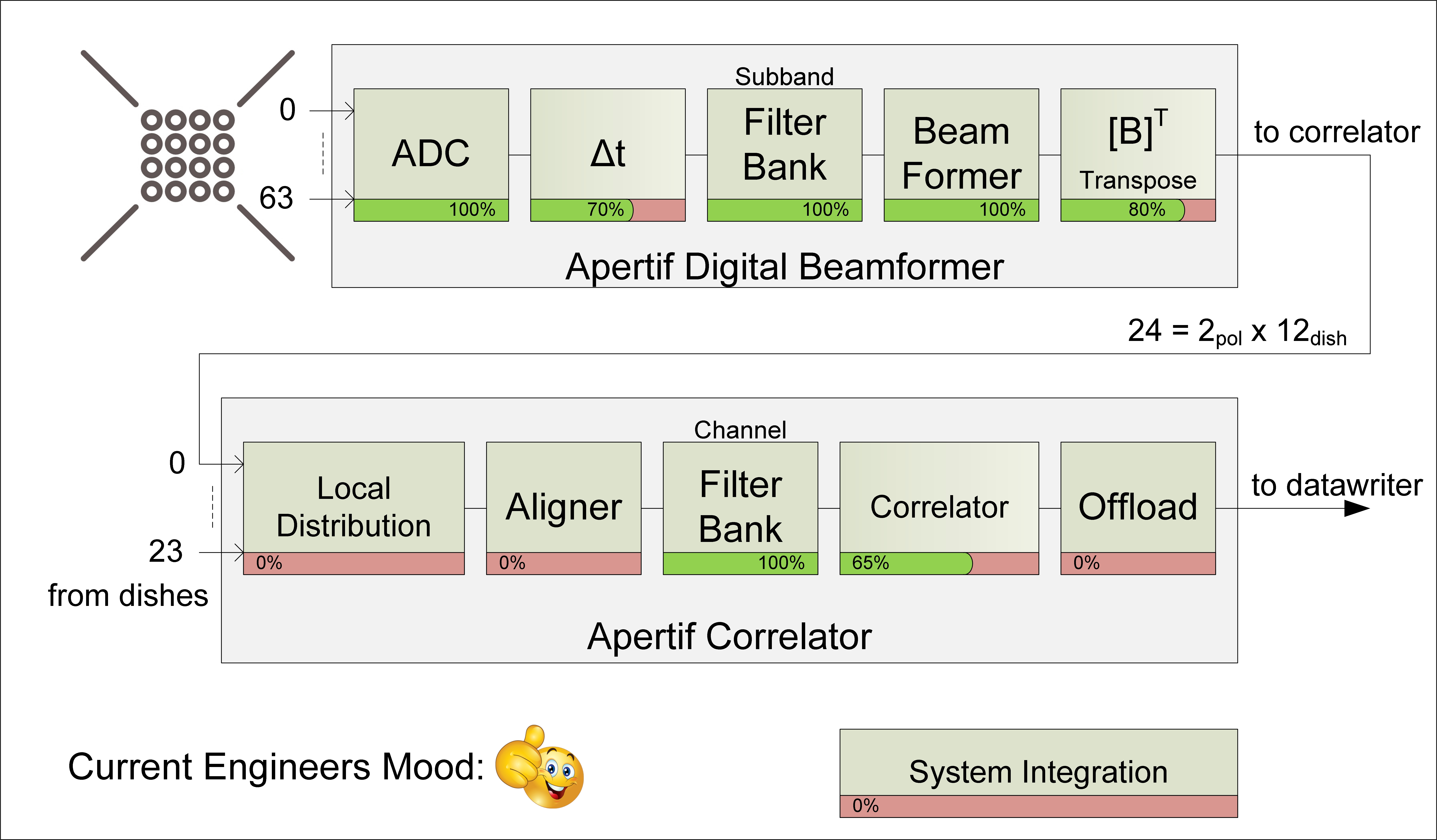 © DESP
© DESP © ASTRON
© ASTRON © AN
© AN © V. Beskin, A. Philippov, M. Kramer, P. Jaroenjittichai
© V. Beskin, A. Philippov, M. Kramer, P. Jaroenjittichai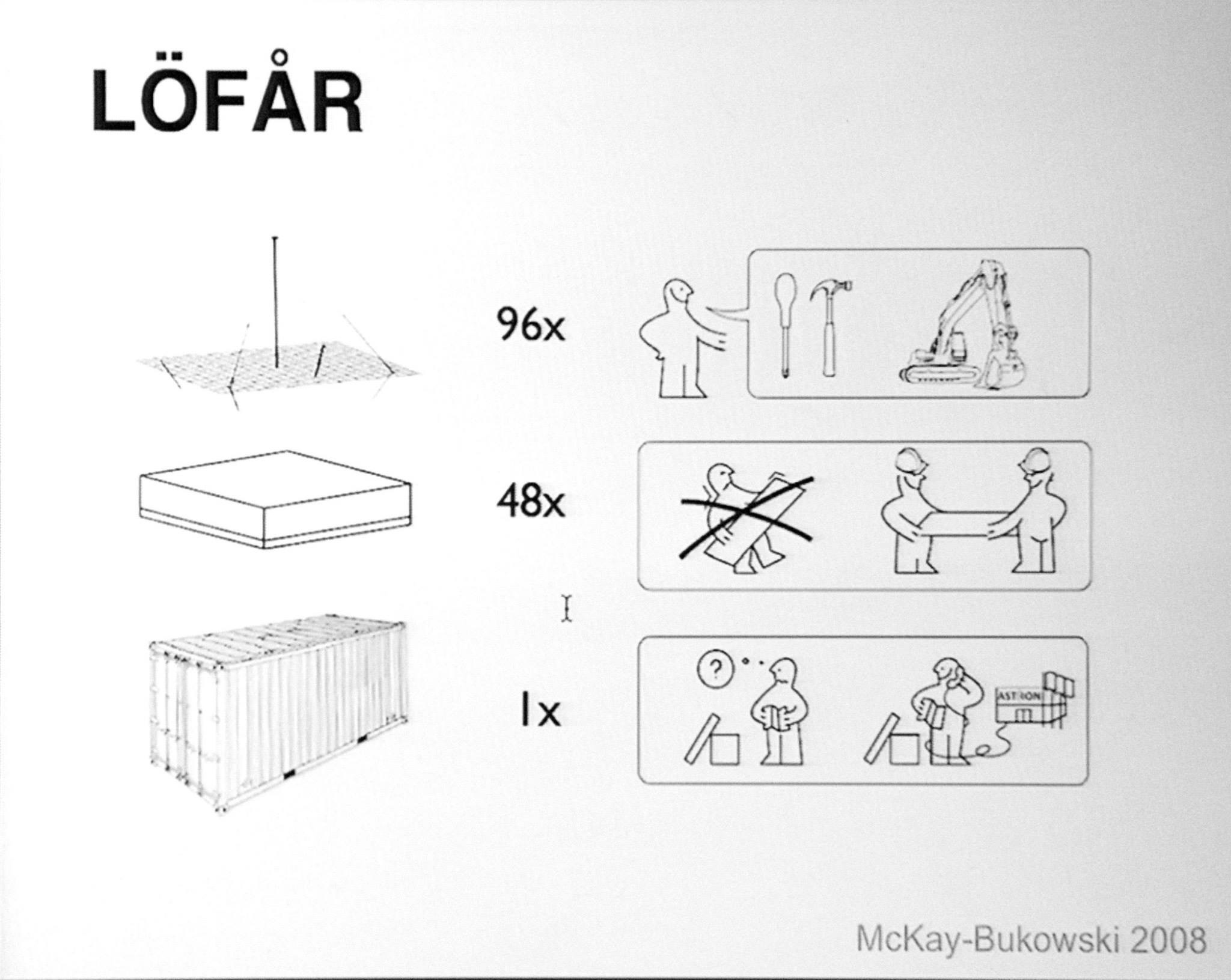 © Derek McKay-Bukowski
© Derek McKay-Bukowski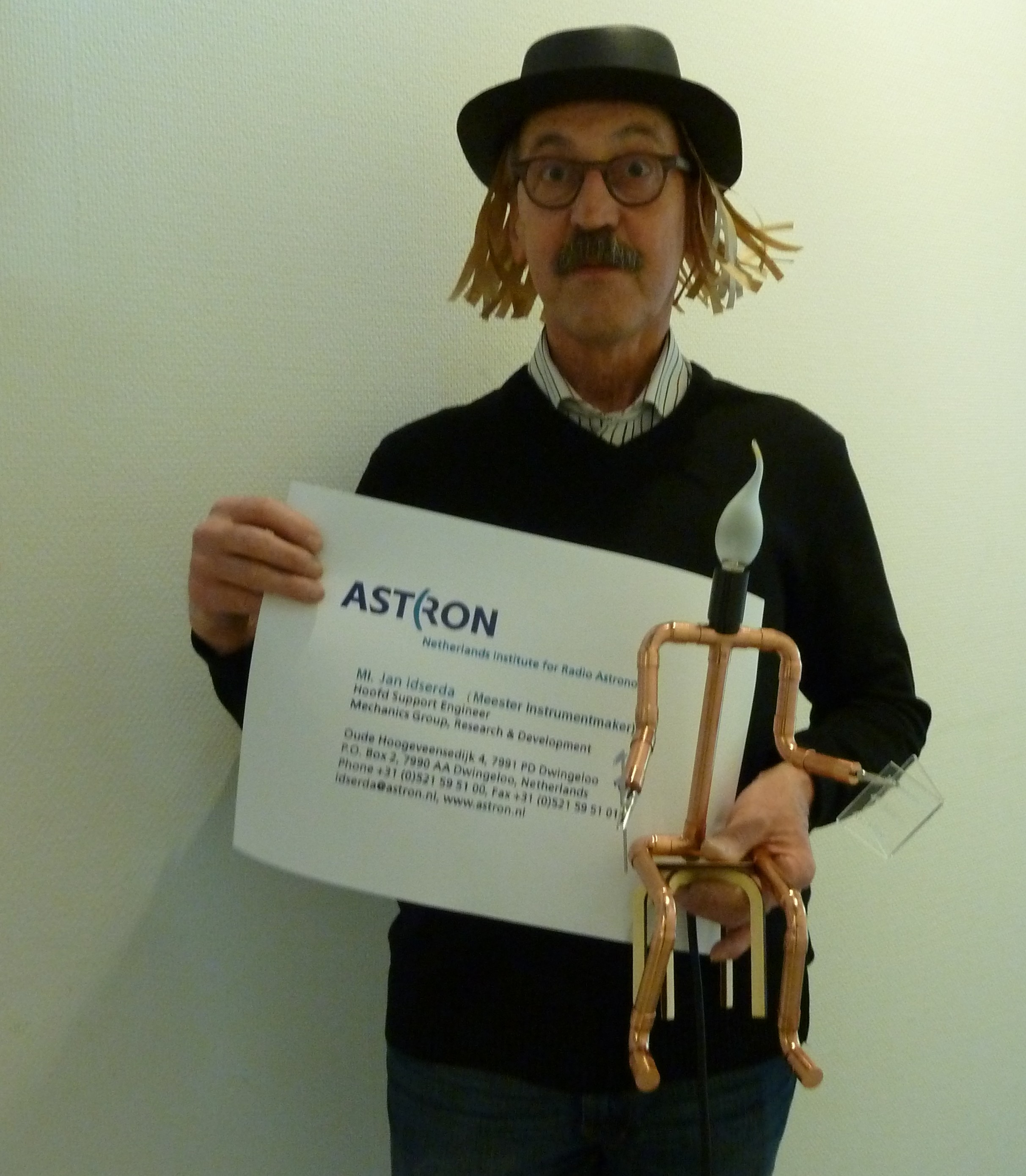 © Astron
© Astron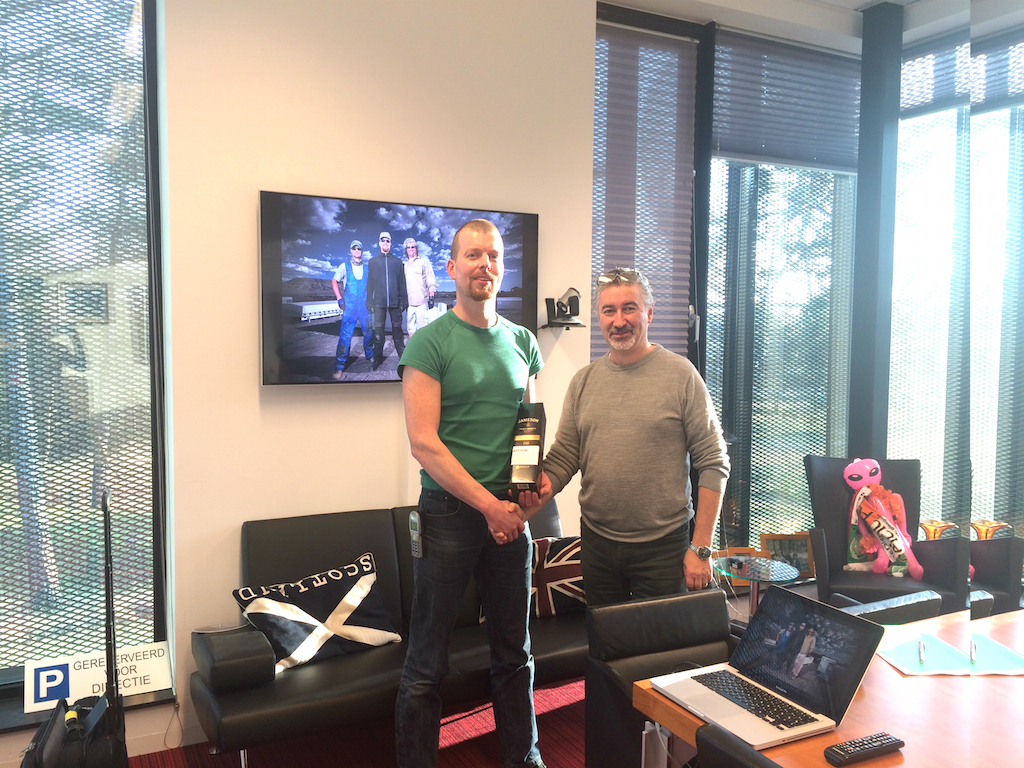 © ASTRON
© ASTRON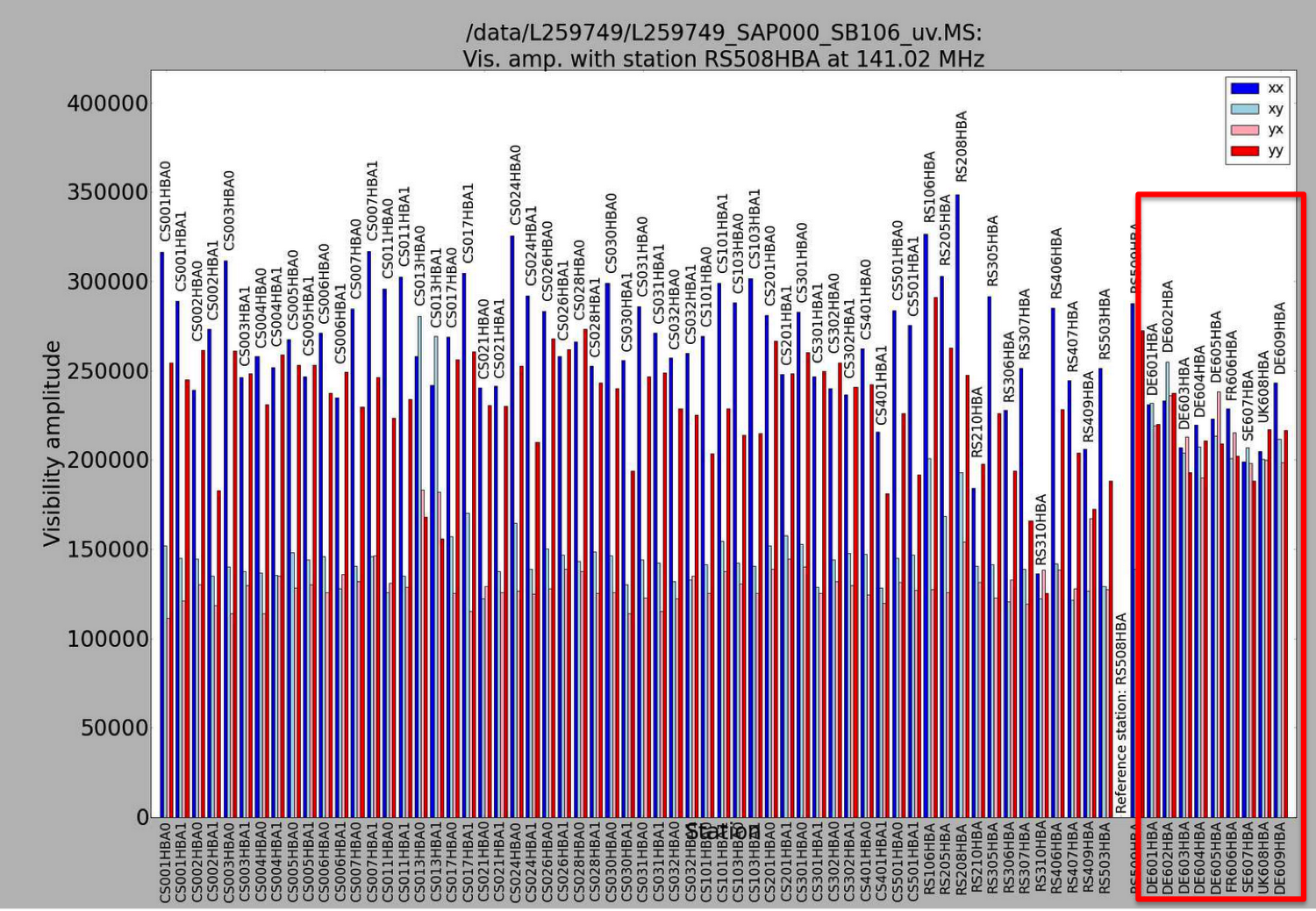 © R. F. Pizzo
© R. F. Pizzo © Alexander Wagner (University of Tsukuba)
© Alexander Wagner (University of Tsukuba)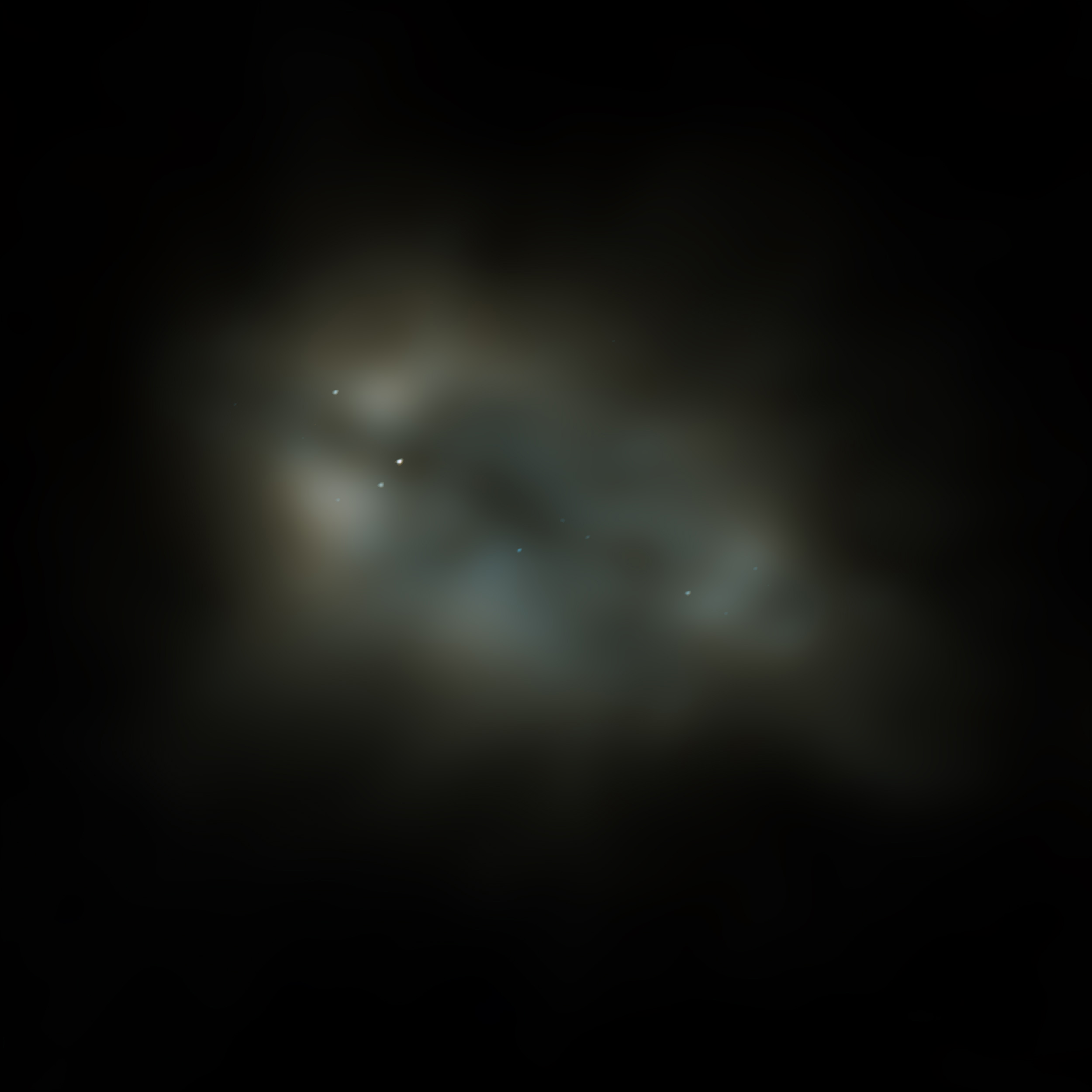 © E. Varenius/Onsala Space Observatory/LOFAR collaboration
© E. Varenius/Onsala Space Observatory/LOFAR collaboration © ASTRON/JWTH
© ASTRON/JWTH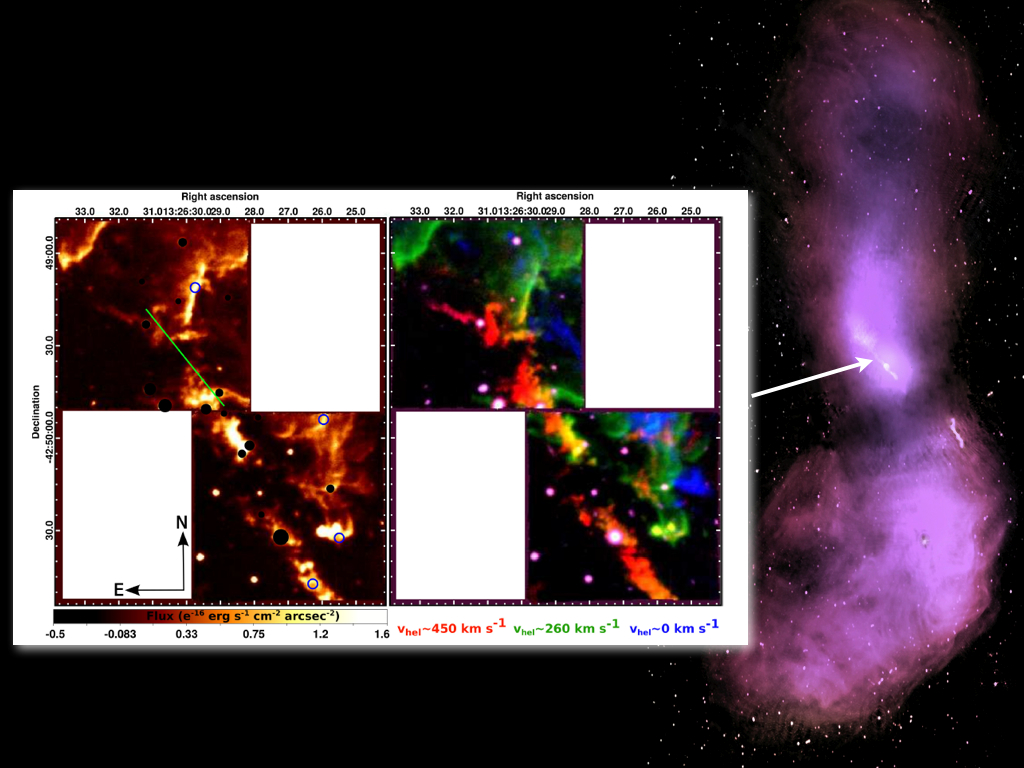 © Astron
© Astron © Morganti
© Morganti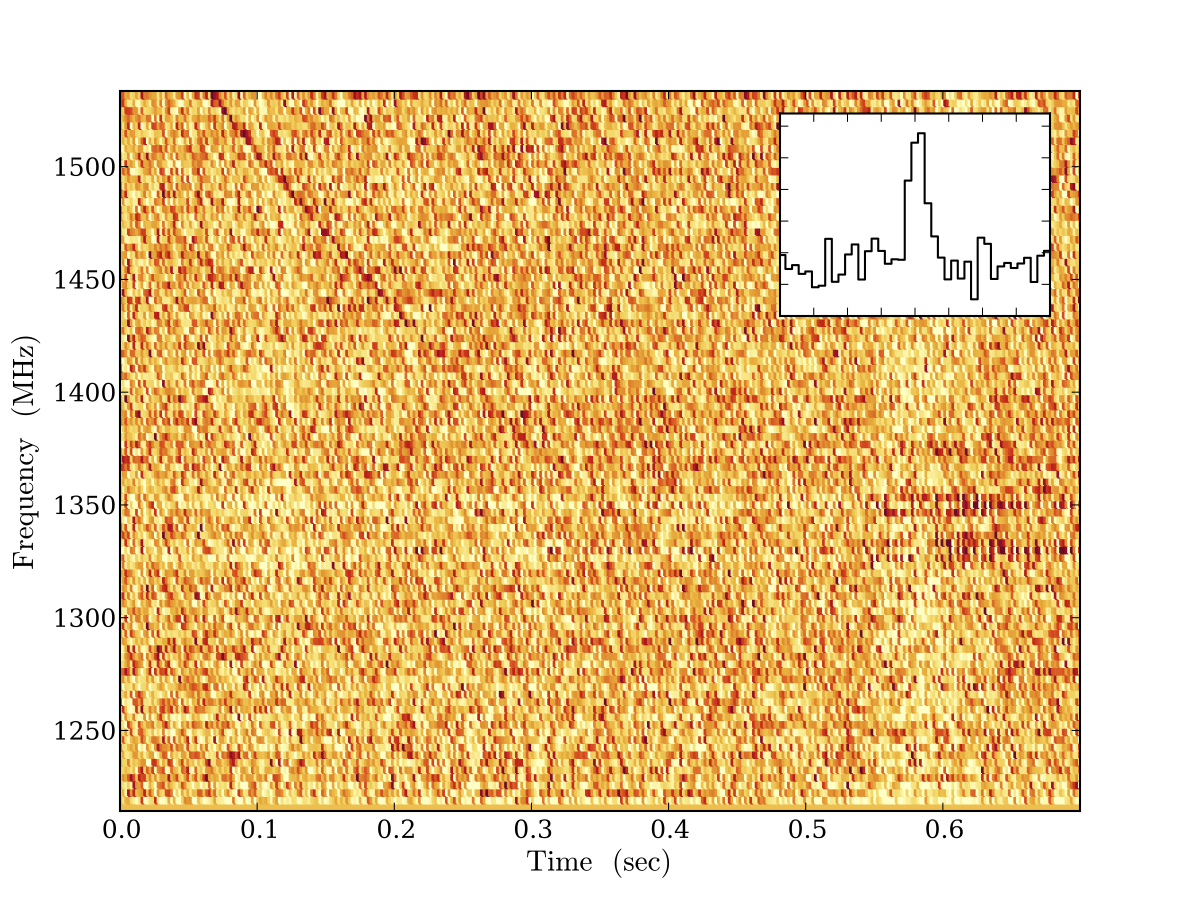 © Spitler et al. 2014
© Spitler et al. 2014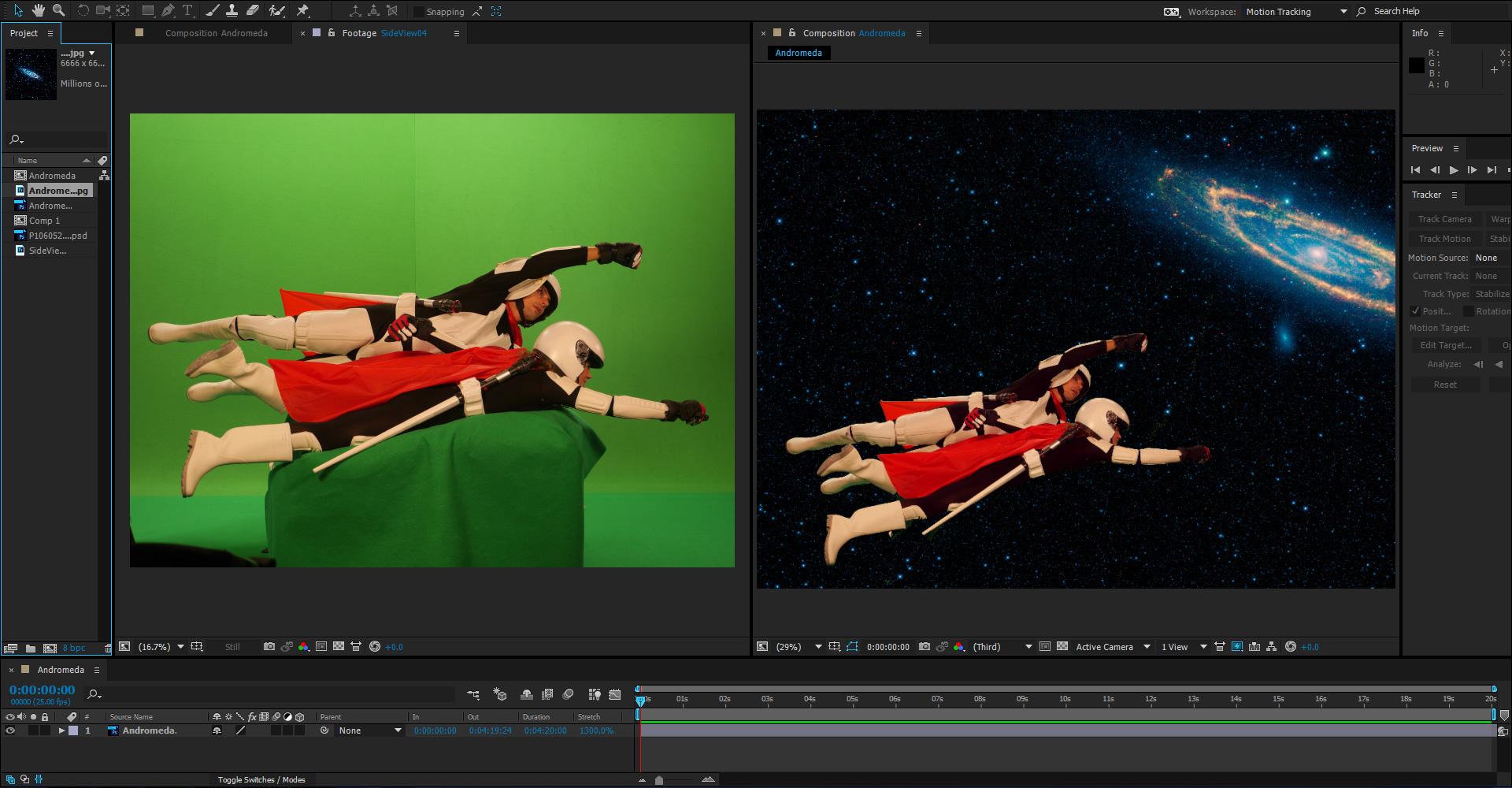 © JvL
© JvL © ASTRON
© ASTRON





